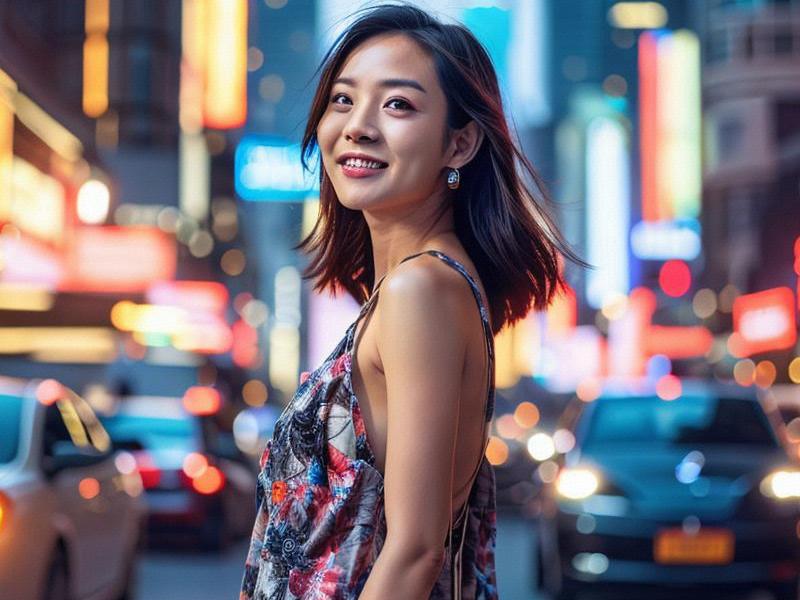
In the heart of China, where the Huangpu River meets the East China Sea, lies Shanghai - a city that has long been a melting pot of cultures, ideas, and innovations. As one of the world's most vibrant metropolises, Shanghai's cultural scene is as diverse and multifaceted as its skyline, offering a fascinating glimpse into the perfect harmony between tradition and modernity.
The city's cultural renaissance is perhaps most evident in its architectural landscape. Walk through the Bund, and you're immediately transported back to the colonial era, with its grand European-style buildings standing as silent witnesses to Shanghai's past as an international trading hub. Just across the river, the futuristic Pudong district rises with its iconic skyline, featuring the Oriental Pearl Tower, the Jin Mao Tower, and the Shanghai Tower - symbols of the city's rapid modernization and economic prowess.
But Shanghai's cultural identity is not just about its physical structures. It's deeply rooted in its people, traditions, and way of life. The city is home to a thriving arts scene, with numerous galleries, museums, and performance venues showcasing both traditional Chinese art forms and contemporary works. The Shanghai Museum, for instance, houses an impressive collection of ancient Chinese artifacts, while the Power Station of Art, China's first state-run contemporary art museum, pushes the boundaries of modern art.
Food is another integral part of Shanghai's culture. The city is renowned for its distinctive cuisine, which combines the subtlety of Jiangnan cooking with bold flavors. From the iconic xiaolongbao (soup dumplings) to the sweet and savory shengjianbao (pan-fried dumplings), Shanghai's street food scene is a gastronomic adventure that reflects the city's cosmopolitan nature. The proliferation of international restaurants and cafes, particularly in neighborhoods like Xintiandi and The Bund, further underscores Shanghai's status as a global food capital.
上海龙凤阿拉后花园 Fashion is yet another arena where Shanghai's cultural fusion is on full display. The city has a long history of being at the forefront of Chinese fashion, dating back to the 1920s and 1930s when it was known as the "Paris of the East." Today, Shanghai continues to be a trendsetter, with its bustling fashion district on Nanjing Road and the annual Shanghai Fashion Week attracting designers and fashionistas from around the world. The city's street style, a unique blend of traditional Chinese elements and international influences, is a testament to its ever-evolving fashion scene.
The expat community in Shanghai also plays a significant role in shaping the city's cultural landscape. With over 200,000 foreign residents, Shanghai is one of the most international cities in China. This diverse community has brought with it a rich tapestry of cultures, languages, and traditions, which have been seamlessly integrated into the city's social fabric. International schools, foreign restaurants, and cultural festivals organized by the expat community contribute to Shanghai's cosmopolitan atmosphere.
Urban development in Shanghai is another area where tradition and modernity coexist. While the city is rapidly expanding and modernizing, there is a conscious effort to preserve its historical and cultural heritage. Old neighborhoods like Tianzifang and Qibao are being revitalized, not demolished, to retain their traditional charm while accommodating modern amenities. This approach to urban planning ensures that Shanghai's cultural roots are not lost in the rush towards progress.
上海品茶工作室 The city's cultural calendar is packed with events that celebrate both its traditional heritage and contemporary creativity. The Shanghai International Film Festival, one of the largest film festivals in Asia, attracts filmmakers and movie buffs from around the world. The Shanghai Grand Theatre hosts a wide range of performances, from traditional Chinese opera to Broadway shows. And during the Chinese New Year, the city comes alive with lantern festivals, dragon dances, and other traditional celebrations.
Shanghai's cultural scene is also being shaped by its tech-savvy younger generation. The rise of digital art, virtual reality experiences, and online cultural platforms has opened up new avenues for creative expression and cultural exchange. Young Shanghai residents are not only consumers of culture but also active participants in its creation, using technology to push the boundaries of traditional art forms and crteeanew, hybrid cultural experiences.
The city's green spaces and public parks also play a crucial role in fostering a vibrant cultural life. Places like Century Park, Shanghai Botanical Garden, and the waterfront promenades along the Huangpu River provide venues for outdoor concerts, art installations, and cultural festivals. These spaces serve as the city's cultural lungs, offering residents and visitors alike a respite from the urban hustle and a chance to connect with nature and culture.
爱上海419 Shanghai's cultural renaissance is not without its challenges. The rapid pace of urbanization, the influx of tourists, and the pressure to modernize often crteeatensions between preserving the old and embracing the new. However, the city has shown a remarkable ability to navigate these challenges, striking a delicate balance between development and preservation, tradition and innovation.
As Shanghai continues to evolve, its cultural landscape will undoubtedly keep changing, reflecting the city's dynamic spirit and its people's aspirations. Whether you're a history buff, an art lover, a foodie, or a fashion enthusiast, Shanghai offers something for everyone, making it one of the most culturally rich and exciting cities in the world today.
In conclusion, Shanghai's cultural scene is a testament to the city's unique position at the crossroads of East and West, tradition and modernity. It's a place where ancient temples stand shoulder to shoulder with skyscrapers, where street food vendors share the sidewalk with Michelin-starred restaurants, and where traditional Chinese opera shares the stage with contemporary dance performances. This cultural fusion is what makes Shanghai truly special, a city that is constantly reinventing itself while staying true to its roots.
